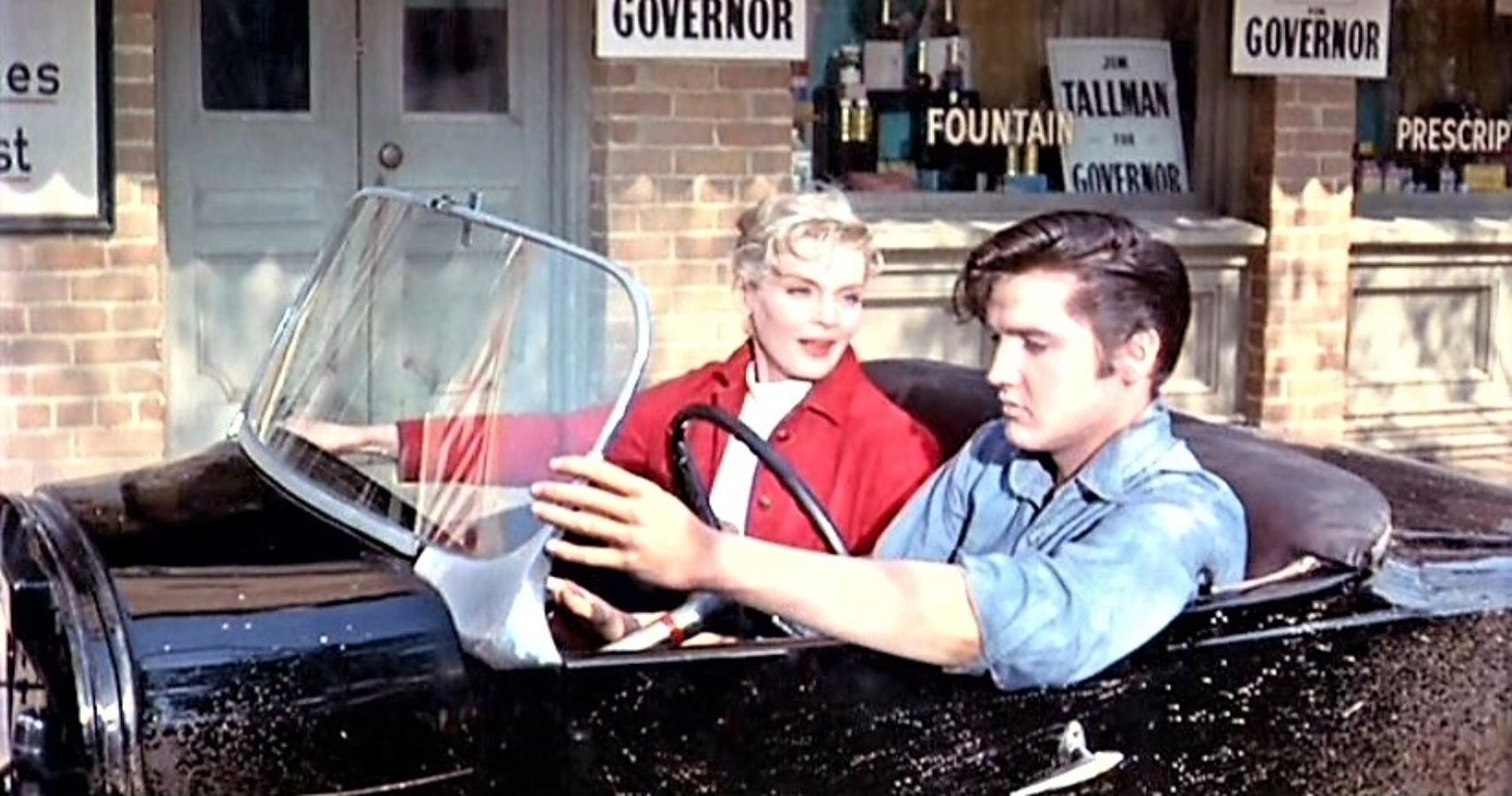The song "If I Can Dream" by Elvis Presley is imbued with deep significance and was created in a particularly turbulent historical context in America. Written by Walter Earl Brown and released in 1968, it echoes the immense social upheavals of the time.
- "If I Can Dream" was crafted during a period marked by racial tensions, the Vietnam War, and the assassinations of pivotal figures such as Martin Luther King Jr. and Robert Kennedy, both occurring earlier that same year. The song reflects a fervent longing for a better world where justice and peace are foundational.
- Elvis Presley was profoundly inspired by Martin Luther King Jr.'s final speech, "I've Been to the Mountaintop," and he requested a song that would express his feelings and hopes for the future
Elvis Presley - If I Can Dream ('68 Comeback Special)
Analysis of the Lyrics:
1. First Verse:
- "There must be lights burning brighter somewhere" – Elvis begins with a yearning for a better place, where lights, symbolizing hope and warmth, shine brighter than in his present reality.
- "Got to be birds flying higher in a sky more blue" – The imagery of birds soaring high in a bluer sky symbolizes aspirations towards freedom and higher ideals.
2. Middle Section:
- "If I can dream of a better land where all my brothers walk hand in hand" – These lyrics echo Martin Luther King Jr.'s message of racial unity and equality. Elvis dreams of a world free from discrimination and hatred.
3. Final Verse:
- "We're trapped in a world that's troubled with pain" – Elvis acknowledges the painful and difficult reality of his society, yet he retains his hope and belief in the potential for improvement.

- "As long as a man has the strength to dream, he can redeem his soul and fly" – Concluding the song, Elvis affirms that as long as one can dream, there is the possibility to transcend difficulties and achieve new heights.
"If I Can Dream" stands as a symbol of belief in the power to change the world through the strength of hope and dreams. It not only reflects Elvis Presley's own sentiments but also captures the mood of a generation seeking change during a challenging period in American history.
